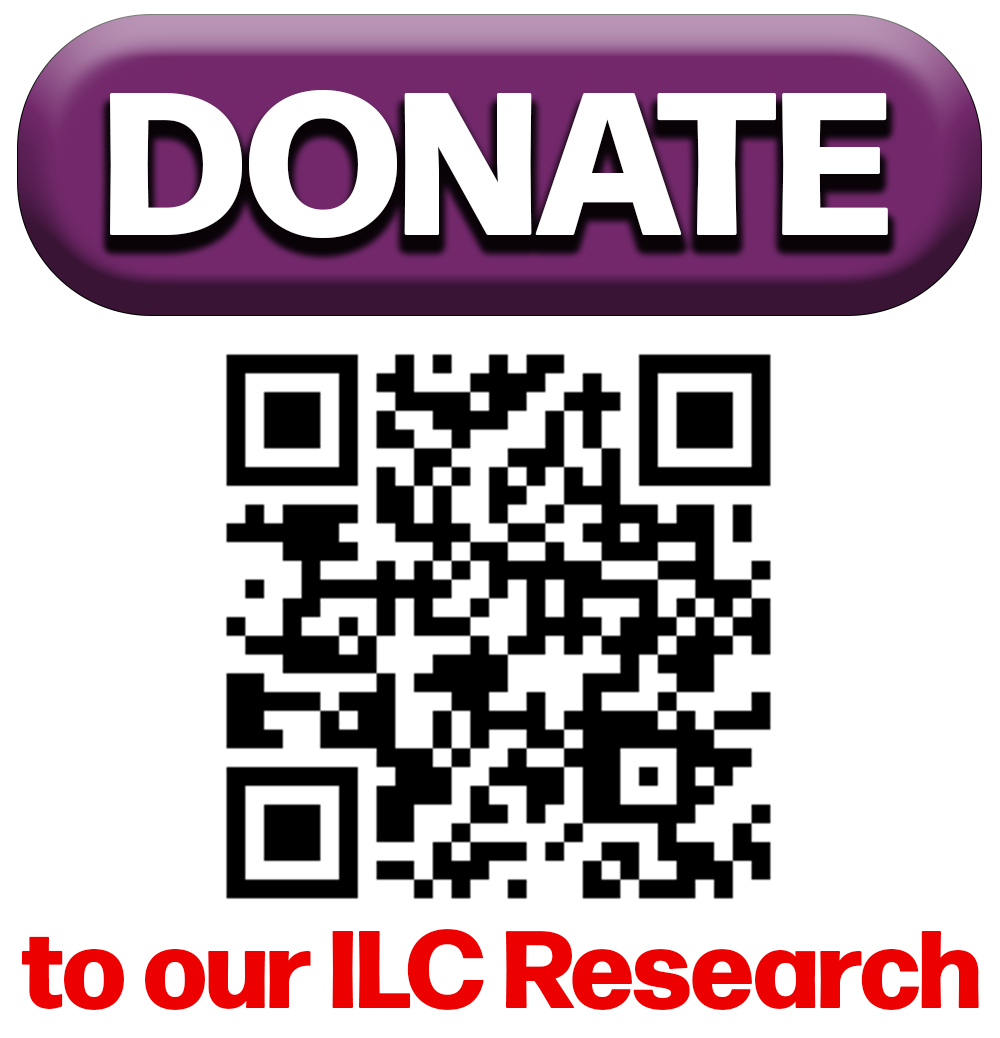
The Lee-Oesterreich Lab is at the forefront of Computational Biology, Cancer Genomics, and Systems Biology, leveraging advanced computational approaches to study breast cancer evolution, metastasis, and therapeutic resistance. Dr. Lee and Dr. Oesterreich were original leaders in TCGA research efforts and have continued from there.1,2. Our research integrates multi-omics data analysis, machine learning, and mathematical modeling to decipher the molecular mechanisms driving cancer progression and identify clinically relevant biomarkers. We generate huge volumes of computational data, have a diverse integrated wet-lab/dry-lab research group, and collaborate with leading researchers to derive new insights into cancer behavior.
Key achievements include:
- Single-cell and spatial transcriptomics analyses to deconvolute the tumor microenvironment, focusing on immune interactions and resistance mechanisms3.
- Integration of multi-omic datasets (e.g., RNAseq, Whole Genome Sequencing, ATACseq) to identify ideal models for breast cancer research4.
- Application of machine learning models to deconvolute spatial transcriptomics and cancer heterogeneity5.
- Multi-omic analysis of metastatic breast cancer through leadership of the Data Co-ordinating Center for the BCRF AURORA program6
Our lab actively develops computational tools to support precision oncology7, enabling more accurate patient stratification8 and facilitating the discovery of novel therapeutic targets as well as translational research efforts9,10. Our research is supported by extensive experimental validation in patient-derived organoids and preclinical models11, ensuring a robust translation of computational insights into clinical applications.

1. Liu J, Lichtenberg T, Hoadley KA, et al. An Integrated TCGA Pan-Cancer Clinical Data Resource to Drive High-Quality Survival Outcome Analytics. Cell. 2018;173(2):400-416.e11. doi:10.1016/j.cell.2018.02.052
2. Ciriello G, Gatza ML, Beck AH, et al. Comprehensive Molecular Portraits of Invasive Lobular Breast Cancer. Cell. 2015;163(2):506-519. doi:10.1016/j.cell.2015.09.033
3. Chen F, Onkar S, Zou J, et al. Immune infiltration correlates with transcriptomic subtypes in primary estrogen receptor positive invasive lobular breast cancer. NPJ Precis Oncol. 2024;8(1):257. doi:10.1038/s41698-024-00746-z
4. Li Z, Li T, Yates ME, et al. The EstroGene Database Reveals Diverse Temporal, Context-Dependent, and Bidirectional Estrogen Receptor Regulomes in Breast Cancer. Cancer Res. 2023;83(16):2656-2674. doi:10.1158/0008-5472.CAN-23-0539
5. Chang ACC, Schlegel BT, Carleton N, et al. CITEgeist: Cellular Indexing of Transcriptomes and Epitopes for Guided Exploration of Intrinsic Spatial Trends. Published online February 17, 2025:2025.02.15.638331. doi:10.1101/2025.02.15.638331
6. Garcia-Recio S, Hinoue T, Wheeler GL, et al. Multiomics in primary and metastatic breast tumors from the AURORA US network finds microenvironment and epigenetic drivers of metastasis. Nat Cancer. 2023;4(1):128-147. doi:10.1038/s43018-022-00491-x
7. Zou J, Shah O, Chiu YC, et al. Systems approach for congruence and selection of cancer models towards precision medicine. PLOS Comput Biol. 2024;20(1):e1011754. doi:10.1371/journal.pcbi.1011754
8. Zou J, Li Z, Carleton N, Oesterreich S, Lee AV, Tseng GC. Mutual information for detecting multi-class biomarkers when integrating multiple bulk or single-cell transcriptomic studies. Bioinformatics. 2024;40(12):btae696. doi:10.1093/bioinformatics/btae696
9. Lei H, Guo XA, Tao Y, et al. Semi-deconvolution of bulk and single-cell RNA-seq data with application to metastatic progression in breast cancer. Bioinforma Oxf Engl. 2022;38(Suppl 1):i386-i394. doi:10.1093/bioinformatics/btac262
10. Carleton N, Radomski TR, Li D, et al. Electronic Health Record-Based Nudge Intervention and Axillary Surgery in Older Women With Breast Cancer: A Nonrandomized Controlled Trial. JAMA Surg. 2024;159(10):1117-1125. doi:10.1001/jamasurg.2024.2407
11. Yates ME, Waltermire H, Mori K, et al. ESR1 Fusions Invoke Breast Cancer Subtype-Dependent Enrichment of Ligand-Independent Oncogenic Signatures and Phenotypes. Endocrinology. 2024;165(10):bqae111. doi:10.1210/endocr/bqae111

